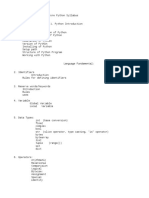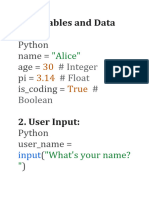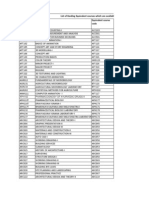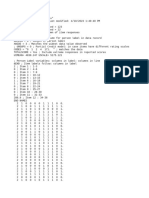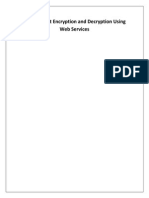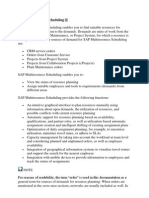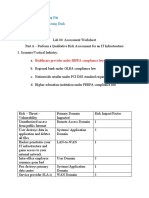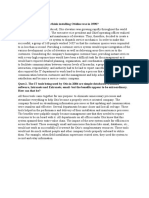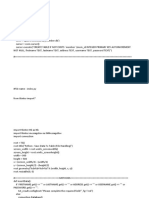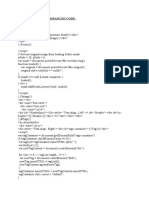0% found this document useful (0 votes)
63 views17 pagesPython Guide 11 To 12 PDF
The document provides a comprehensive guide to problem-solving steps, algorithm representation, and Python programming basics. It covers topics such as data types, control flow, and various programming constructs, along with practical examples and exercises. Additionally, it includes practice questions to reinforce learning in Python programming.
Uploaded by
anuchaitanya2017Copyright
© © All Rights Reserved
We take content rights seriously. If you suspect this is your content, claim it here.
Available Formats
Download as PDF, TXT or read online on Scribd
0% found this document useful (0 votes)
63 views17 pagesPython Guide 11 To 12 PDF
The document provides a comprehensive guide to problem-solving steps, algorithm representation, and Python programming basics. It covers topics such as data types, control flow, and various programming constructs, along with practical examples and exercises. Additionally, it includes practice questions to reinforce learning in Python programming.
Uploaded by
anuchaitanya2017Copyright
© © All Rights Reserved
We take content rights seriously. If you suspect this is your content, claim it here.
Available Formats
Download as PDF, TXT or read online on Scribd
/ 17










































